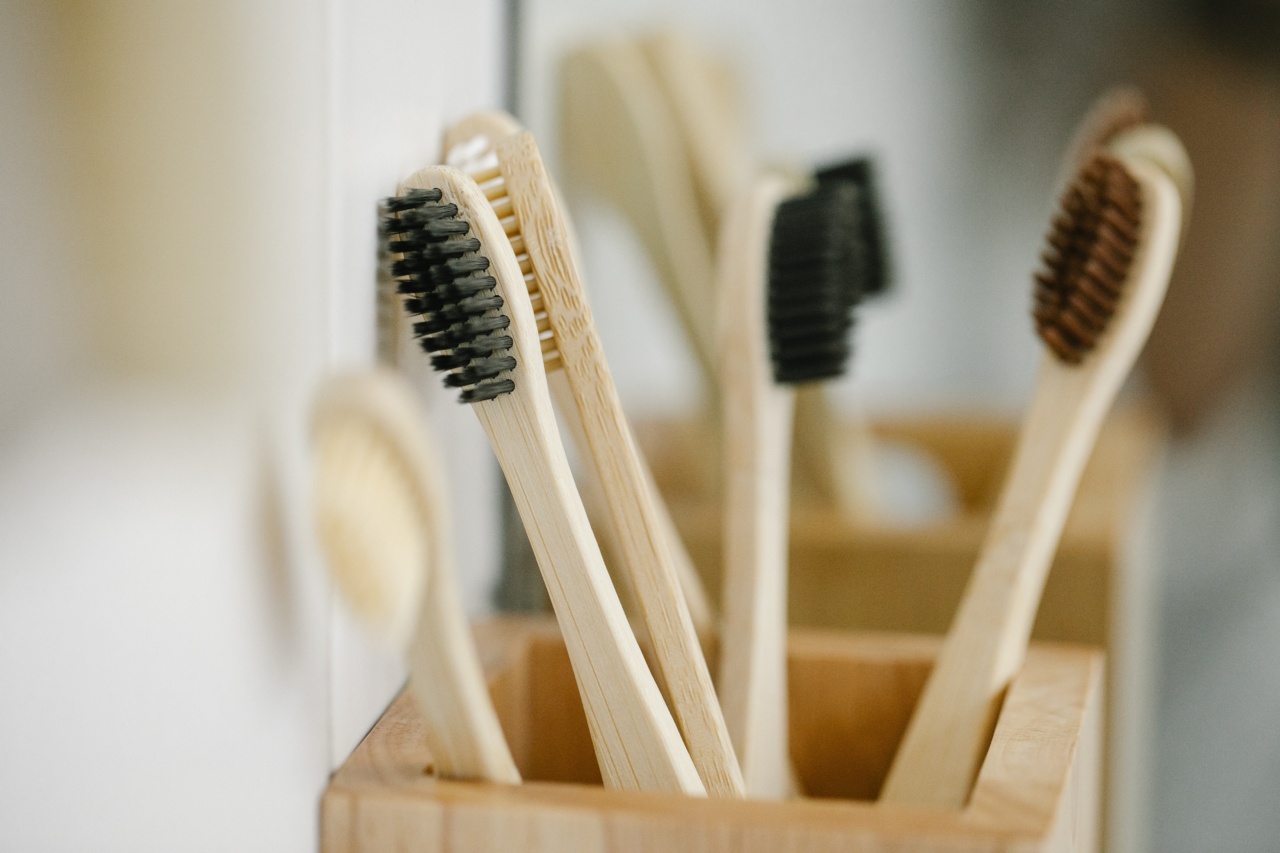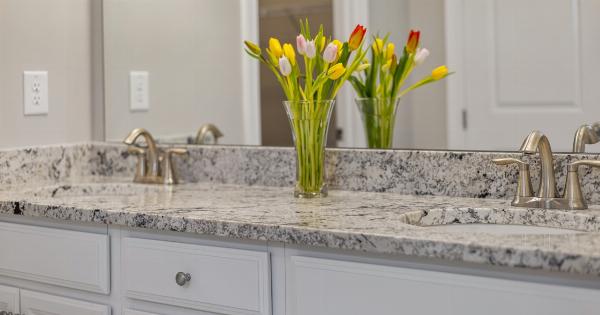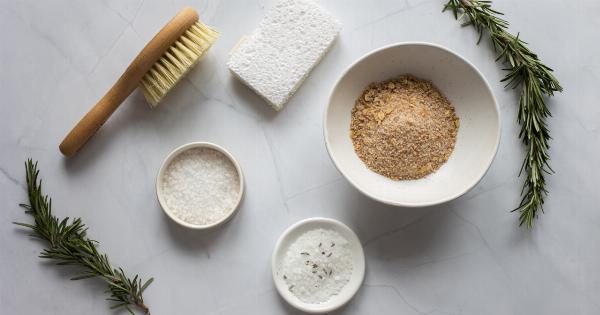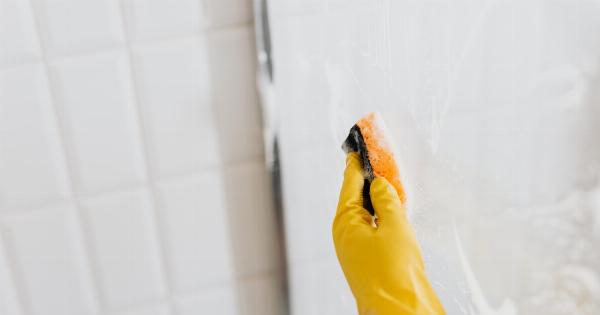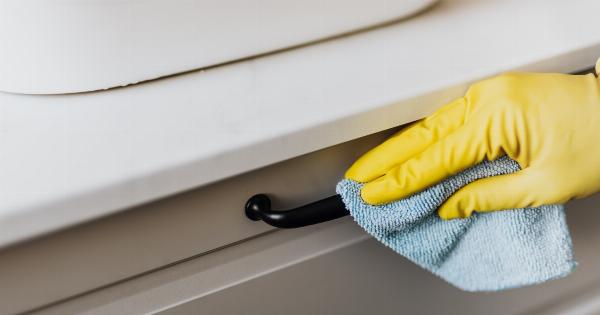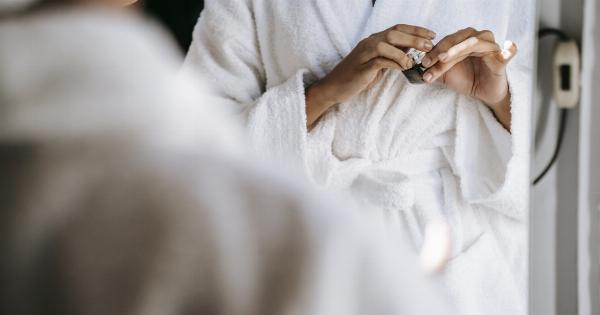The bathroom is usually considered the most germ-infested room in the house. While most people think that a quick wipe down of the sink, toilet, and shower is enough, the truth is there are many unseen germs lurking in every corner of the bathroom.
To understand the extent of the problem, let’s take a closer look at the types of germs that can be found in your bathroom and how to get rid of them.
Toilet
The toilet bowl is one of the biggest culprits when it comes to the spread of germs in the bathroom. When you flush the toilet, a plume of tiny water droplets containing bacteria and viruses can be expelled up to six feet in the air.
These droplets can then land on the toilet seat, walls, and floor, creating an environment that is a breeding ground for germs such as E. coli, salmonella, and the norovirus.
To reduce the spread of germs, it is important to regularly clean the toilet bowl with a disinfectant cleaner. It is also a good idea to close the toilet lid before flushing to reduce the amount of water droplets that are expelled into the air.
Additionally, use a toilet brush to scrub inside the bowl, paying attention to the underside of the rim where germs can collect. Replace the toilet brush every six months or as needed.
Sink
The bathroom sink is another hotspot for germs. It serves as a breeding ground for bacteria such as staphylococcus, streptococcus, and fecal matter.
Toothbrushes, soap dispensers, and faucet handles can also be major sources of germs, especially if they are not cleaned regularly.
To keep your sink and surrounding areas germ-free, it is crucial to wipe down the sink and faucet daily with a disinfectant cleaner.
Additionally, replace your toothbrush holder every few weeks, and regularly clean your toothbrush with hydrogen peroxide to kill germs. Avoid sharing toothbrushes or other personal grooming items with others as this can lead to the spread of germs.
Shower
The shower is a haven for all sorts of germs including mold, mildew, and fungi. These can cause skin irritation or respiratory problems in some individuals.
To prevent the growth and spread of these germs, it is important to regularly disinfect the shower with a cleaner that is specially formulated for this purpose.
It’s also a good idea to regularly remove any soap scum or buildup on shower curtains or doors as this can provide a breeding ground for bacteria and other germs.
If you have a shower curtain, replace it every few months to prevent the buildup of bacteria and mold.
Floor
The bathroom floor is another breeding ground for germs, especially around the toilet and in the shower. To keep your bathroom floor clean and germ-free, it’s important to sweep or vacuum regularly and mop with a disinfectant cleaner once a week.
Pay particular attention to areas around the toilet and shower as these are the most common areas for germs to collect.
Towels
Bathroom towels may seem harmless, but they can be a breeding ground for germs such as staphylococcus, streptococcus, and E. coli if not washed regularly. Always wash towels after use and avoid sharing them with others to reduce the spread of germs.
In addition to washing towels regularly, it is important to dry them properly. Damp towels are a breeding ground for mold and bacteria, so hang them up to dry in a well-ventilated area or in direct sunlight if possible.
Conclusion
The bathroom is a hotbed for germs, but by regular cleaning and disinfecting, you can keep your family safe from illness. Regularly clean your toilet, sink, shower, floor, and towels, and wash your hands frequently to prevent the spread of germs.
